PUTD
Cboe Validus S&P 500 Dynamic PutWrite Index ETF
Next Generation Risk-Adjusted Returns
The CBOE Validus S&P500 Dynamic PutWrite ETF is a Fund that aims to track the performance of the index of the same name.
Potential Fund Benefits
The Fund tracks the CBOE Validus S&P500 Dynamic PutWrite Index, which is a cutting-edge, rule-based index that aims to generate a better risk-adjusted return (as measured by Sharpe ratio) than that of the S&P500 benchmark.
> Outperformance Across Market Conditions: The PUTD Fund aims to deliver superior performance in various market conditions, including neutral, bullish and bearish environments.
> Upside Capture and Sharpe Ratio:The fund aims to reduce maximum drawdowns and shorter durations of underperformance during challenging market periods.
> Lower Max Drawdowns and Shorter Periods Underwater: The PUTD Fund seeks to reduce maximum drawdowns and shorter durations of underperformance, during challenging market periods.
Why Invest
The PUTD Fund offers investors numerous benefits, helping you to optimize it for the following purposes:
- Option Overlay Strategy: Gain access to an option overlay strategy at a competitive cost*, providing an efficient way to help enhance your investment approach.
- Enhanced Risk-Adjusted Returns: By complementing exposure to the S&P 500 Index with the PUTD Fund, investors have the potential to achieve higher risk-adjusted returns, optimizing your overall portfolio performance.
- Risk Management and Volatility Control: Utilizing Validus’ rule-based approach, the systematic strategy helps lower portfolio beta, helping to reduce downside risk and manage overall portfolio volatility.
Additionally, the PUTD Fund aims to capitalize on market conditions by:
- Premium Collection in Range-Bound Markets: During range-bound markets, the Fund seeks to collect premiums, contributing to potential overperformance in such periods.
- Capitalizing on Market Rallies after Sell-Offs: In contrast to traditional overwrite strategies the Fund attempts to capture market rallies that occur following market sell-offs.
- Minimizing Path Dependency Effects: By reducing the effects of path dependency of an option strategy, the PUTD Fund aims to provide a more consistent and stable tracking of the S&P500 Index.
The Fund tracks the Index which attempts to identify a portfolio of written put options on the S&P 500 Index, that when sold in accordance with the Index’s rules driven approach, will collectively provide over the long term a total return that exceeds that of the S&P 500 Index with lower volatility and drawdown. The Fund aims to be a less risky investment, with fewer and smaller drops in value than the S&P 500 Index.
*Details of the cost of accessing the index
Validus Fund Details
Fund Details
| wdt_ID | New column | New column |
|---|---|---|
| 1 | Fund Inception | 08/09/2023 |
| 2 | Ticker | PUTD |
| 3 | Primary Exchange | CBOE |
| 4 | CUSIP | 88636J865 |
| 5 | NAV Symbo | PUTD |
| 6 | Expense Ratio | 0.60% |
| Fund Ticker | 30-Day SEC Yield | Fund Name | CUSIP | Date |
|---|---|---|---|---|
| PUTD | 3.44 | Cboe Validus S&P 500 Dynamic PutWrite Index ETF | 88636J865 |
| Fund Name | Fund Ticker | CUSIP | 30-Day SEC Yield | Date |
|---|---|---|---|---|
| Cboe Validus S&P 500 Dynamic PutWrite Index ETF | PUTD | 88636J865 | 3.44 | 09/30/2024 |
*The 30-Day Yield represents net investment income earned by the Fund over the 30-Day period ended on the date indicated by the Yield, expressed as an annual percentage rate based on the Fund’s share price at the end of the 30-Day period. The 30-Day unsubsidized SEC Yield does not reflect any fee waivers/reimbursements/limits in effect.
Fund Data & Pricing
| Rate Date |
|---|
| 10/21/2024 |
| Name | value |
|---|---|
| Net Assets | $25.67m |
| NAV | $23.34 |
| Shares Outstanding | 1,100,000.00 |
| Premium/Discount Percentage | -0.02% |
| Closing Price | $23.33 |
| Median 30 Day Spread** | 0.44% |
Performance
| Name |
|---|
| 09/30/2024 |
| Fund Ticker | 1 Month | 3 Month | 6 Month | YTD | 1 Year | 3 Year | 5 Year | Since Inception Cumulative | Since Inception Annualized | Fund Name | Date |
|---|---|---|---|---|---|---|---|---|---|---|---|
| PUTD NAV | 1.80 | 3.25 | 6.53 | 12.49 | 20.37 | – | – | 19.17 | 16.59 | Cboe Validus S&P 500 Dynamic PutWrite Index ETF | |
| PUTD MKT | 1.91 | 3.39 | 6.59 | 12.53 | 20.75 | – | – | 19.31 | 16.71 | Cboe Validus S&P 500 Dynamic PutWrite Index ETF | |
| PUTD | 1.96 | 3.38 | 7.00 | 13.06 | 21.53 | – | – | 19.27 | 16.68 | Cboe Validus S&P 500 Dynamic PutWrite Index | |
| SPTR2 | 2.14 | 5.89 | 10.42 | 22.08 | 36.35 | – | – | 31.21 | 26.84 | S&P 500 TR |
| Name |
|---|
| 09/30/2024 |
| Fund Ticker | 1 Month | 3 Month | 6 Month | YTD | 1 Year | 3 Year | 5 Year | Since Inception Cumulative | Since Inception Annualized | Fund Name | Date |
|---|---|---|---|---|---|---|---|---|---|---|---|
| PUTD NAV | 1.80 | 3.25 | 6.53 | 12.49 | 20.37 | – | – | 19.17 | 16.59 | Cboe Validus S&P 500 Dynamic PutWrite Index ETF | |
| PUTD MKT | 1.91 | 3.39 | 6.59 | 12.53 | 20.75 | – | – | 19.31 | 16.71 | Cboe Validus S&P 500 Dynamic PutWrite Index ETF | |
| PUTD | 1.96 | 3.38 | 7.00 | 13.06 | 21.53 | – | – | 19.27 | 16.68 | Cboe Validus S&P 500 Dynamic PutWrite Index | |
| SPTR2 | 2.14 | 5.89 | 10.42 | 22.08 | 36.35 | – | – | 31.21 | 26.84 | S&P 500 TR |
The performance data quoted above represents past performance. Past performance does not guarantee future results. The investment return and principal value of an investment will fluctuate so that an investor’s shares, when sold or redeemed, may be worth more or less than their original cost and current performance may be lower or higher than the performance quoted above.
Short term performance, in particular, is not a good indication of the fund’s future performance, and an investment should not be made based solely on historical returns. Returns beyond 1 year are annualized.
A fund’s NAV is the sum of all its assets less any liabilities, divided by the number of shares outstanding. The market price is the most recent price at which the fund was traded.
The fund actively rotates between long-tern US treasuries and high yield corporate bonds on a weekly basis based on a proprietary signal that considers the relative performance of large cap US equities and US utilities equities. The fund is composed of US-listed ETF securities.
Top 10 Holdings
| Name |
|---|
| 10/22/2024 |
| SecurityName | CUSIP | Shares | Price | MarketValue | Weightings | NetAssets | Account | Date | StockTicker | SharesOutstanding | CreationUnits | MoneyMarketFlag |
|---|---|---|---|---|---|---|---|---|---|---|---|---|
| United States Treasury Bill 11/14/2024 | 912797LD7 | 11,800,000.00 | 99.70 | 11,764,838.60 | 45.83% | 25,669,160 | PUTD | 912797LD7 | 1,100,000 | 44 | ||
| United States Treasury Bill 11/12/2024 | 912797MB0 | 8,150,000.00 | 99.73 | 8,127,795.65 | 31.66% | 25,669,160 | PUTD | 912797MB0 | 1,100,000 | 44 | ||
| First American Government Obligations Fund 12/01/2031 | 31846V336 | 50,890.91 | 100.00 | 50,890.91 | 0.20% | 25,669,160 | PUTD | FGXXX | 1,100,000 | 44 | Y | |
| SPX US 11/15/24 P5855 | SPX 241115P05855000 | -8.00 | 81.65 | -65,320.00 | -0.25% | 25,669,160 | PUTD | SPX 241115P05855000 | 1,100,000 | 44 | ||
| SPX US 11/15/24 P5870 | SPX 241115P05870000 | -9.00 | 87.50 | -78,750.00 | -0.31% | 25,669,160 | PUTD | SPX 241115P05870000 | 1,100,000 | 44 | ||
| SPX US 11/15/24 P5875 | SPX 241115P05875000 | -9.00 | 89.55 | -80,595.00 | -0.31% | 25,669,160 | PUTD | SPX 241115P05875000 | 1,100,000 | 44 | ||
| SPX US 11/15/24 P5895 | SPX 241115P05895000 | -8.00 | 98.10 | -78,480.00 | -0.31% | 25,669,160 | PUTD | SPX 241115P05895000 | 1,100,000 | 44 | ||
| SPX US 11/15/24 P5905 | SPX 241115P05905000 | -8.00 | 102.80 | -82,240.00 | -0.32% | 25,669,160 | PUTD | SPX 241115P05905000 | 1,100,000 | 44 | ||
| XSP US 11/15/24 P586 | XSP 241115P00586000 | -8.00 | 8.44 | -6,748.00 | -0.03% | 25,669,160 | PUTD | XSP 241115P00586000 | 1,100,000 | 44 | ||
| XSP US 11/15/24 P590 | XSP 241115P00590000 | -8.00 | 10.11 | -8,084.00 | -0.03% | 25,669,160 | PUTD | XSP 241115P00590000 | 1,100,000 | 44 | ||
| XSP US 11/15/24 P591 | XSP 241115P00591000 | -8.00 | 10.58 | -8,464.00 | -0.03% | 25,669,160 | PUTD | XSP 241115P00591000 | 1,100,000 | 44 | ||
| Cash & Other | Cash&Other | 6,134,451.86 | 1.00 | 6,134,451.86 | 23.90% | 25,669,160 | PUTD | Cash&Other | 1,100,000 | 44 | Y |
Holdings are subject to change without notice.
Purchase
The Cboe Validus S&P 500 Dynamic PutWrite Index ETF (PUTD) is available through various channels including broker-dealers, investment advisers, and other financial services firms, including:
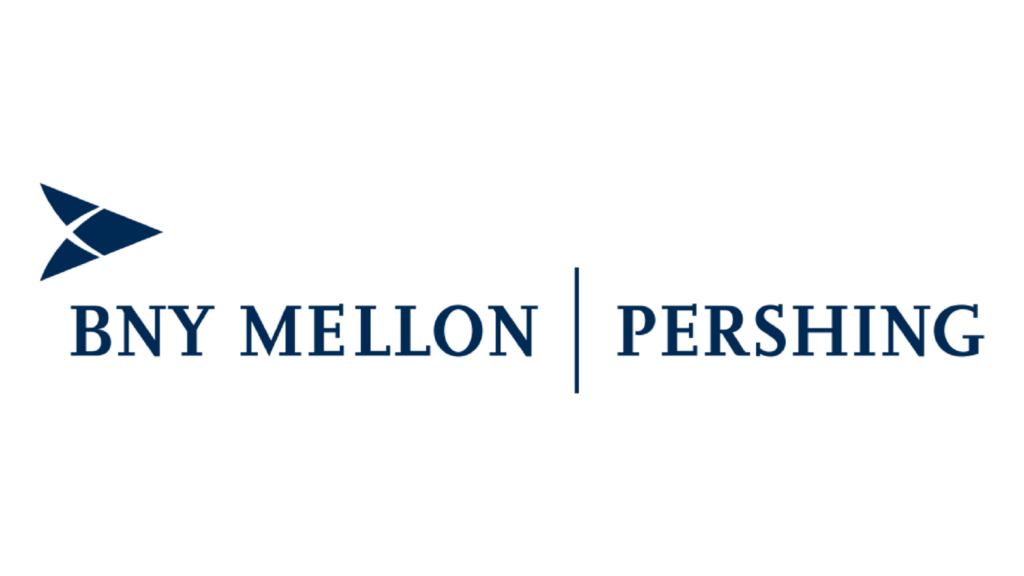
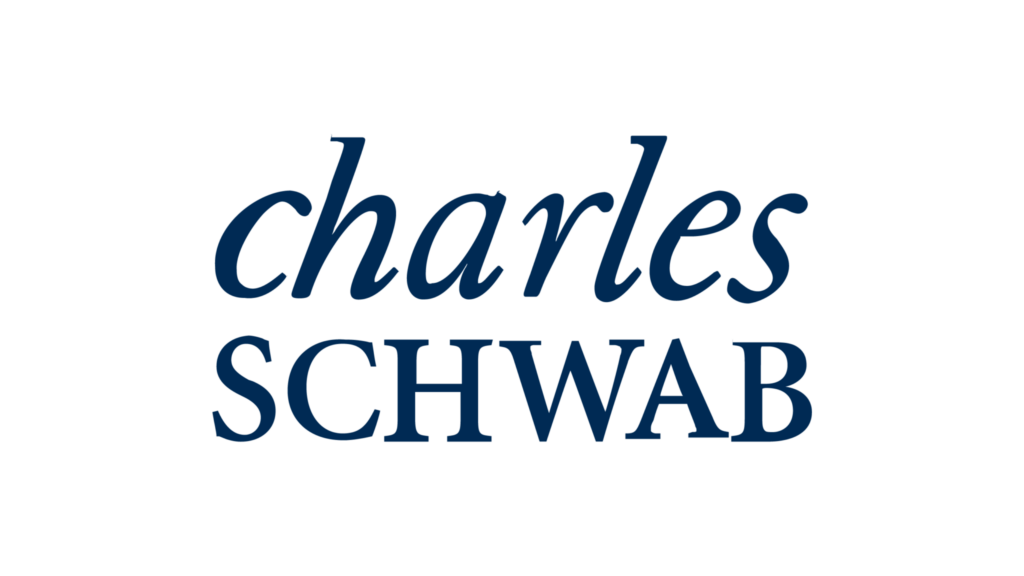
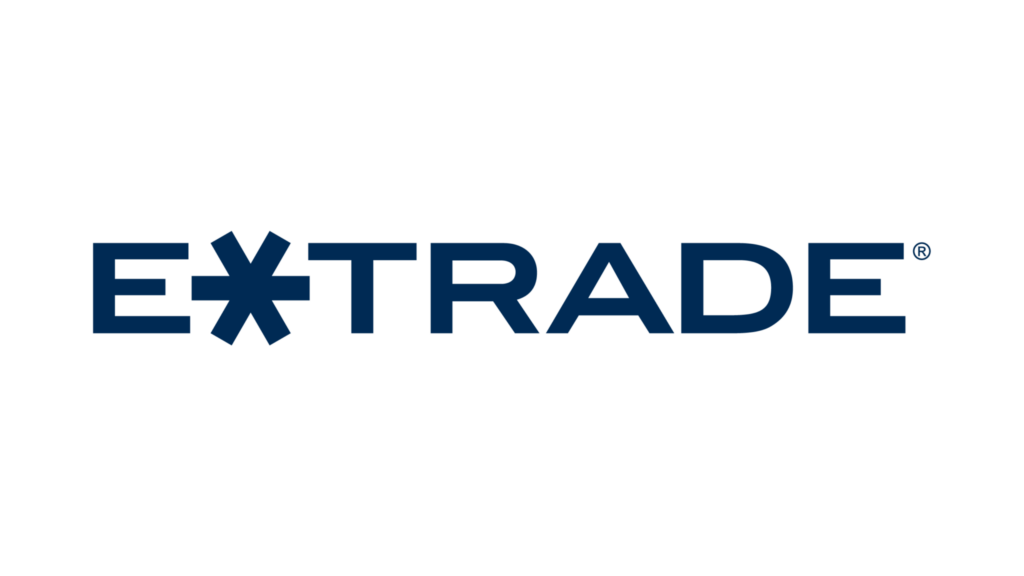
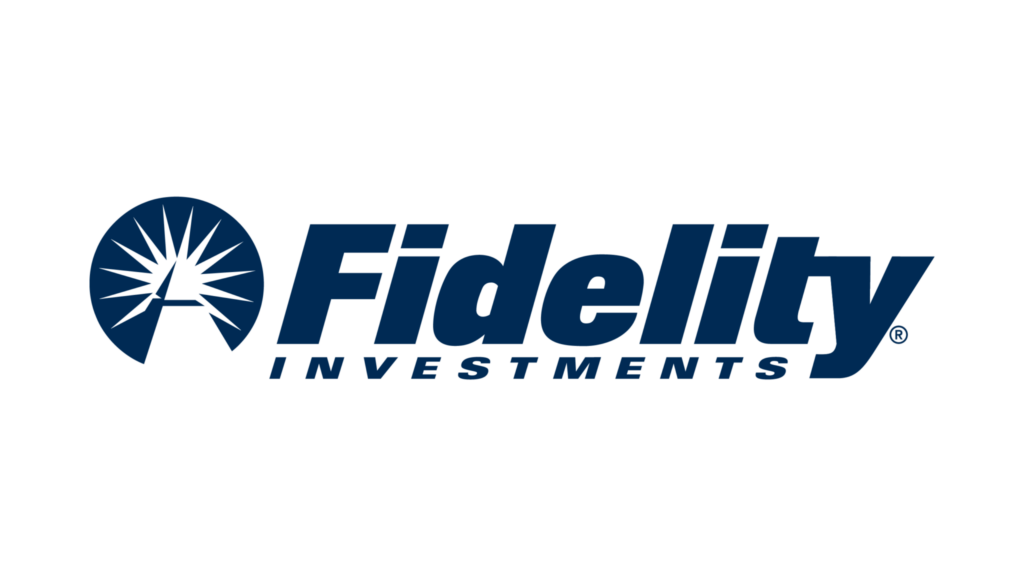
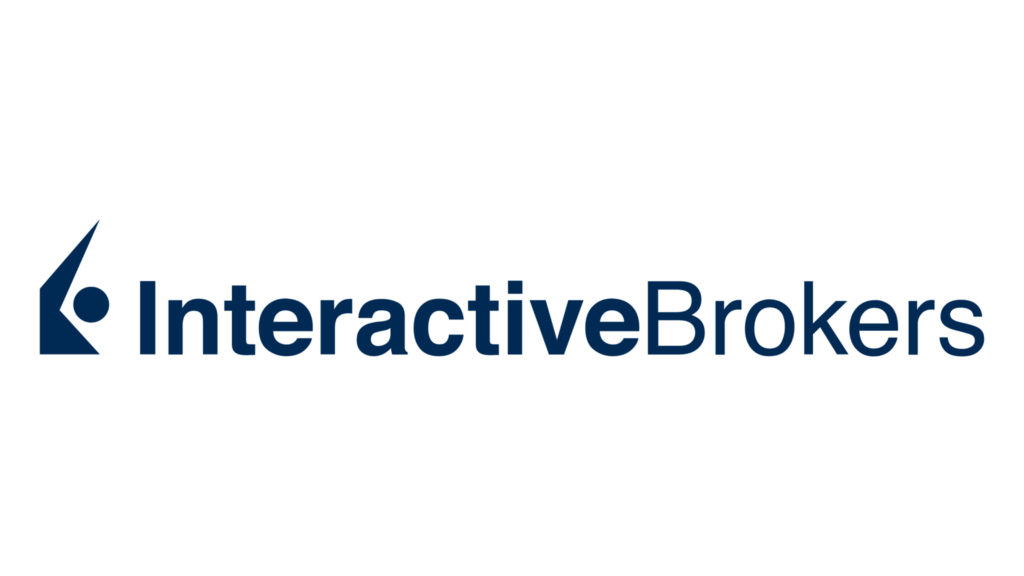
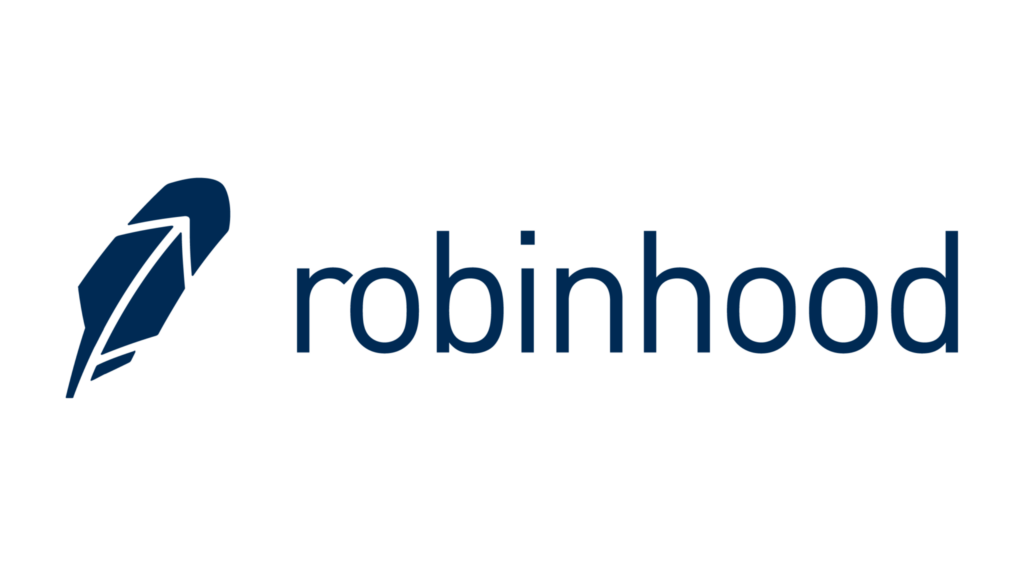
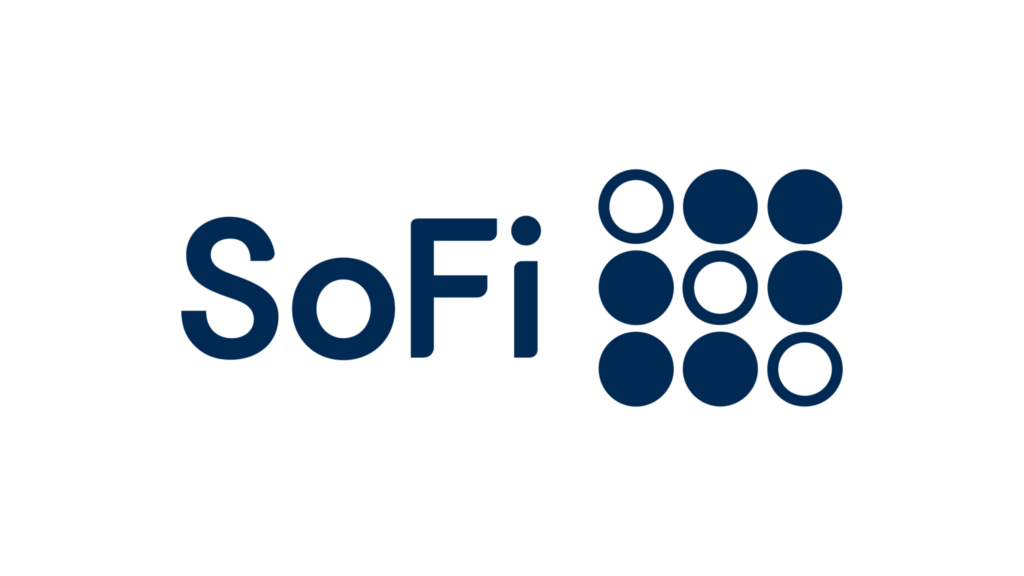
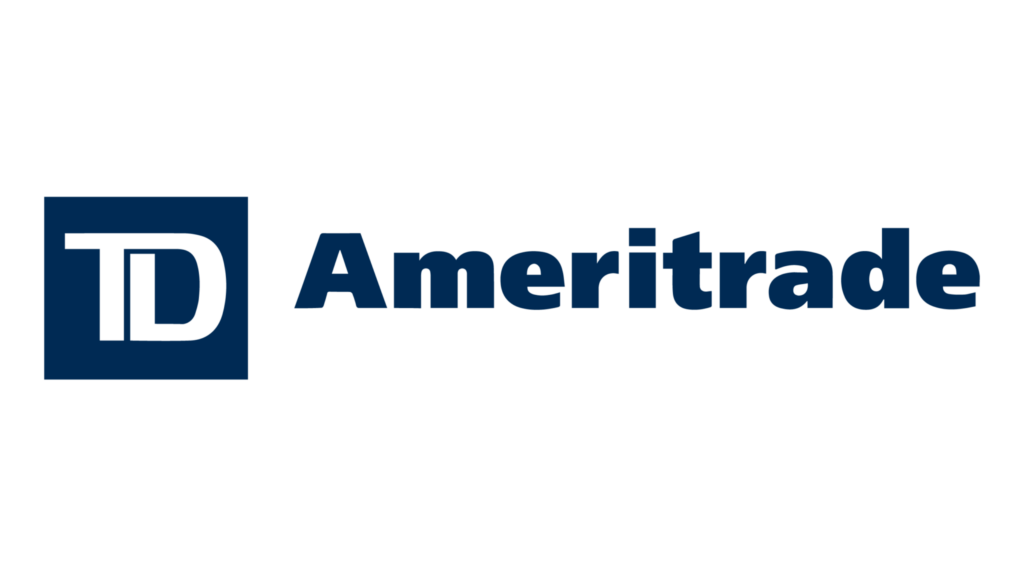
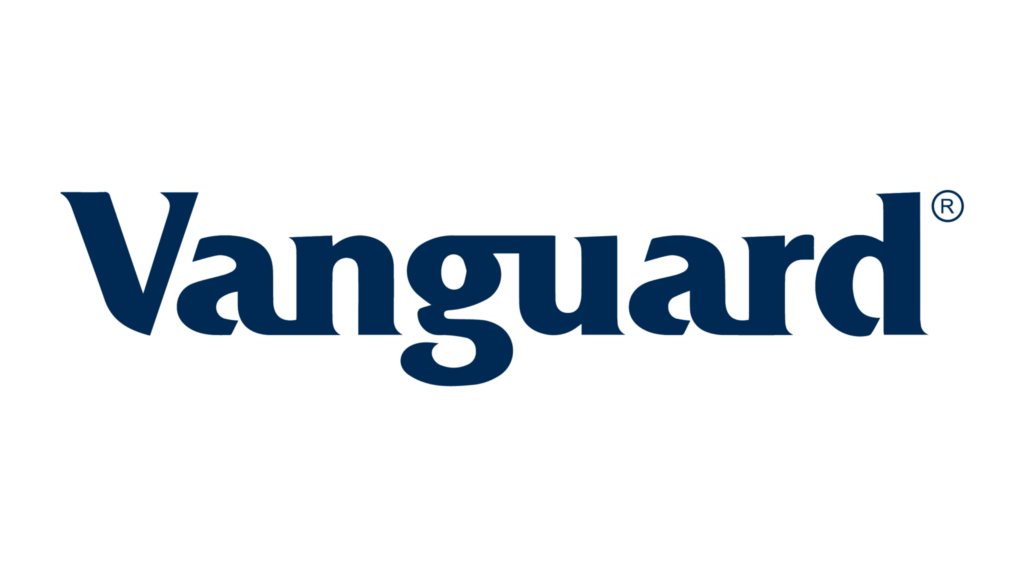
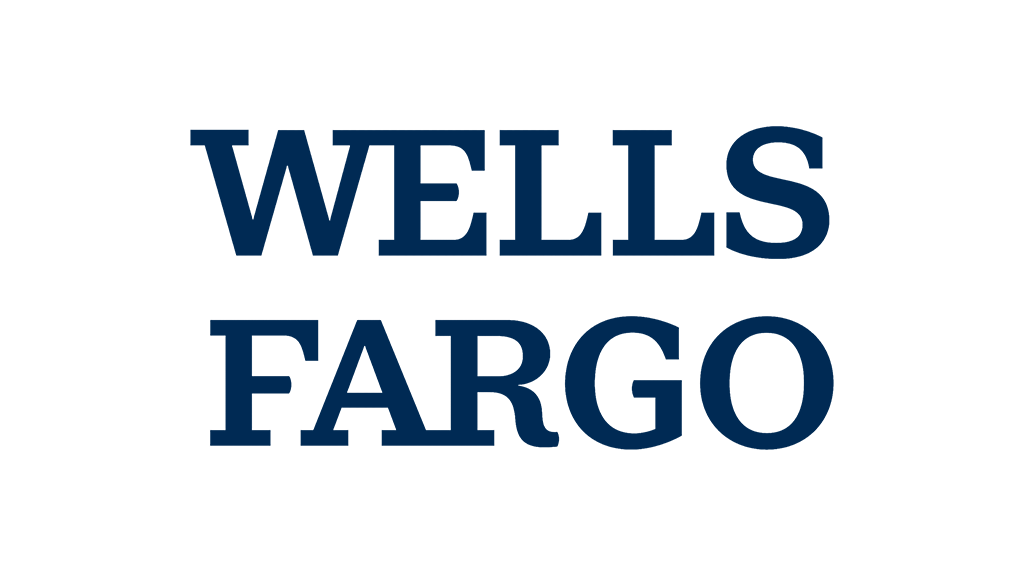
Investors should consider the investment objectives, risks, charges, and expenses carefully before investing. For a prospectus or summary prospectus with this and other information about the Fund, please visit our website at www.validusetfs.com. Read the prospectus or summary prospectus carefully before investing.
Investment Objective: The Fund seeks to track the performance, before fees and expenses, of the Cboe Validus S&P 500 Dynamic PutWrite Index.
Investing involves risk, including possible loss of principal. Unlike mutual funds, ETFs may trade at a premium or discount to their net asset value. Brokerage commissions may apply and would reduce returns.
Equity Market Risk. Common stocks are generally exposed to greater risk than other types of securities, such as preferred stock and debt obligations, because common stockholders generally have inferior rights to receive payment from specific issuers. The equity securities that the Fund has exposure to through the S&P 500 Index Puts may experience sudden, unpredictable drops in value or long periods of decline in value. This may occur because of factors that affect securities markets generally or factors affecting specific issuers, industries, or sectors in which the Fund invests. Put Option Risk. Options may be subject to volatile swings in price influenced by changes in the value of the underlying investment (e.g., the S&P 500 Index). Although the Fund collects premiums on the options it writes, the Fund’s risk of loss if its options expire in-the-money (i.e., the Fund, as the seller of the S&P 500 Index Puts, owes the buyer of the S&P 500 Index Puts) may outweigh the gains to the Fund from the receipt of such option premiums. Derivatives Risk. Options are a type of derivative. The use of derivatives could increase or decrease the Fund’s exposure to the risks of the underlying instrument. Using derivatives can have a leveraging effect and increase Fund volatility. A small investment in derivatives could have a potentially large impact on the Fund’s performance. Implied Volatility Risk. When the Fund sells an option, it gains the amount of the premium it receives, but also incurs a liability representing the value of the option it has sold until the option is either exercised and finishes “in the money,” meaning it has value and can be sold, or the option expires worthless, or the expiration of the option is “rolled,” or extended forward. The value of the options in which the Fund invests is based partly on the volatility used by market participants to price such options (i.e., implied volatility). Accordingly, increases in the implied volatility of such options will cause the value of such options to increase (even if the prices of the options’ underlying stocks do not change), which will result in a corresponding increase in the liabilities of the Fund under such options and thus decrease the Fund’s NAV. Large-Capitalization Risk. The Fund’s investments are associated with large-capitalization companies (i.e., the largest 500 U.S.-listed companies by market capitalization). The securities of large-capitalization companies may be relatively mature compared to smaller companies and therefore subject to slower growth during times of economic expansion. Large-capitalization companies may also be unable to respond quickly to new competitive challenges, such as changes in technology and consumer tastes. U.S. Government and U.S. Agency Obligations Risk. The Fund may invest in securities issued by the U.S. government or its agencies or instrumentalities. U.S. Government guaranteed securities are neither insured nor guaranteed by the U.S. Government. New Fund Risk. The Fund is a recently organized management investment company with no operating history. As a result, prospective investors do not have a track record or history on which to base their investment decisions. Passive Investment Risk. The Fund is passively managed and attempts to mirror the composition and performance of the CBOE Validus S&P 500 Dynamic PutWrite Index. The Fund’s returns may not match due to expenses incurred by the Fund or lack of precise correlation with the Index. Tracking Error Risk. As with all index funds, the performance of the Fund and its Index may differ from each other for a variety of reasons. For example, the Fund incurs operating expenses and portfolio transaction costs not incurred by the Index. In addition, the Fund may not be fully invested in Index Components at all times or may hold securities not included in the Index.
Definitions:
Beta: is the sensitivity of the change in the price of the Fund (or index) versus the S&P500 (example: a beta of 0.8 means for 1% change in the price of S&P500 the Fund (or index) index changes by 0.8%.
Sharpe ratio: a measure that defines to the return minus the risk-free interest rate divided per unit of risk, i.e. standard deviation.
Range bound market: a range bound market is one that does not exhibit a strong upward trend or downward trend (i.e. annual performance) with a price that varies in a bounded interval of typically less than 10-15%.
Drawdown: refers to how much an investment dropped from the peak before it recovers back to the peak.
Time under water refers to how long it takes for the investment to climb back to its past peak level after it dropped lower from it.
Path dependency: refers to the fact that the payout of an option position depends on its strike, the level of underlying security at the time the position was initiated as well as the level of underlying at the time when the position is closed.
Tidal Financial Group (Tidal) serves as the Investment Adviser for the Fund.
Validus (Validus ETF) serves as the Sub-Adviser to the Fund.
The Fund is distributed by Foreside Fund Services, LLC. Foreside, Tidal, and Validus are not related.

© 2023 Validus ETFs. All rights reserved.
